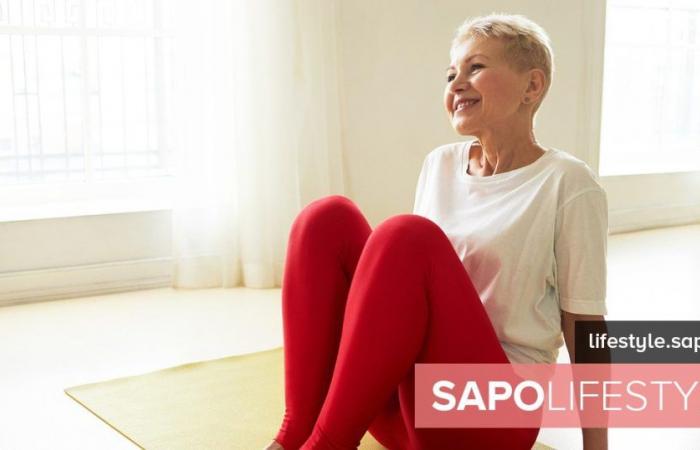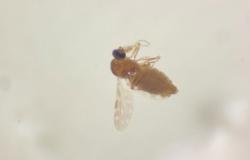Many people have heard of varicose veins, but few understand their cause and their potential to become a serious medical problem – one that can be treated without pain. Varicose veins affect around 40% of the female population and 25% of the male population.
What are the main factors that lead to the appearance of varicose veins?
The main factors that lead to its development are:
– Sex (female is the most prone);
– Pregnancy;
– The age;
– Heredity.
There are other factors that can accelerate the development of varicose veins, including:
– Prolonged standing position;
– Obesity;
– Physical trauma;
– Hormone levels.
What are the symptoms of varicose veins?
Patients may have one or more of the symptoms listed below:
– Pain;
– Cramps;
– Feeling of heaviness;
– Tiredness;
– Tingling sensation;
– Swelling.
Some of these symptoms can evolve into more serious complications, such as:
– Inflammation (phlebitis);
– Formation of thrombi (deep vein thrombosis);
– Leg ulcers;
– Bleeding.
Varicose veins can, however, progress without symptoms and treatment may be necessary, purely for cosmetic reasons.
How do varicose veins appear?
Varicose veins occur when the valves in the veins are unable to close. Thus, they allow the blood that should be moved towards the heart to return backwards (called venous reflux) and accumulate in these same veins, making them progressively more dilated and tortuous.
What are the ways to treat varicose veins?
The question that many patients ask is how to treat varicose veins. There are 2 ways:
– Medical treatment:
– Using elastic stockings and medications (phlebotonics) daily.
– Surgical treatment:
– Classic surgery – with tubal ligation and excision (stripping) of the saphenous veins;
– Minimally invasive treatment – by endovenous ablation, using energy such as laser.
In the case of endovenous ablation, access is made through the skin, using ultrasound to visualize the diseased vein (with reflux) and inserting a laser fiber or a catheter into it, with a radiofrequency electrode.
This allows the respective energy to be applied and leads to the collapse/occlusion of the varicose vein, which is subsequently absorbed.
This procedure is usually carried out under local anesthesia and on an outpatient basis, as it only requires a millimetric incision in the skin that does not require suturing.
When compared to classical methods, endovenous ablation:
– It is equally safe and effective;
– Has fewer complications;
– It is associated with much less pain and bruising during recovery;
– It has a much superior aesthetic result;
– Does not leave scars.
Most people report immediate relief of symptoms and are able to resume their daily and professional activities the day after the surgical procedure.
Know that:
– Women are more likely to have varicose veins (40% of the female population);
– Varicose veins can progress without symptoms;
– In the most serious cases, surgery is recommended;
– The day after endovenous ablation surgery it is possible to resume normal activity.
An article by Sérgio Silva, Vascular Surgeon.






